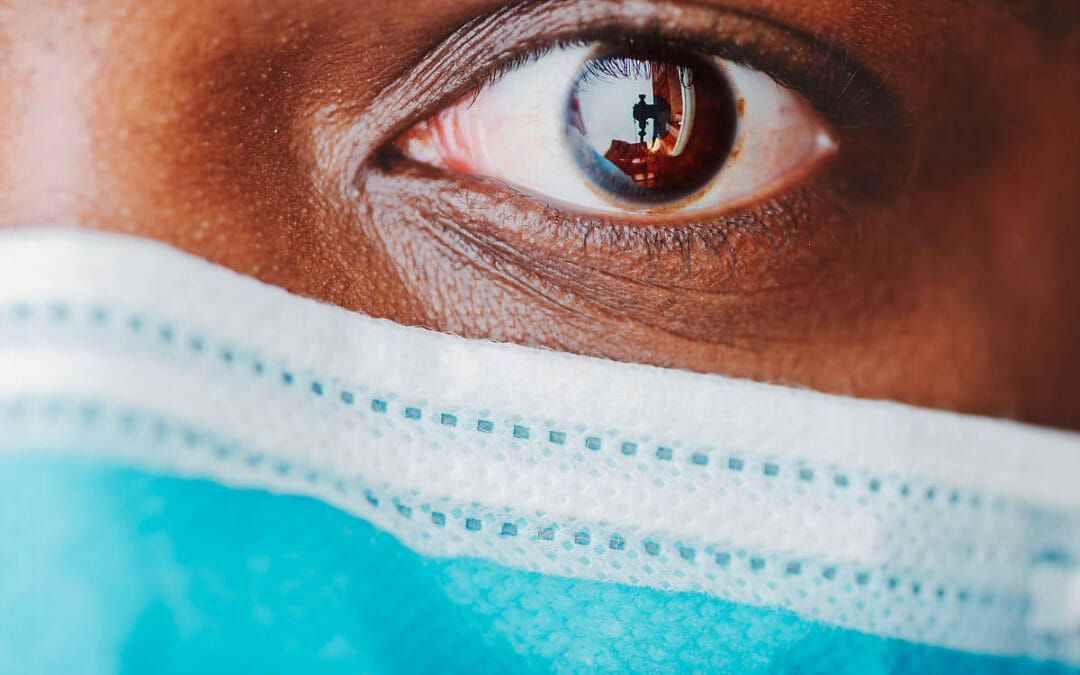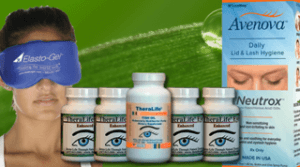What is Ocular Rosacea?
Ocular rosacea is a rosacea causing red eyes that have watery skin and can become very sensitive.
Usually this happens in rashes, but not every time.
Generally speaking, eye problems are less prevalent than rosacea, a chronic skin condition.
Expert estimates suggest 5.46% of adults live with rosacea.
Describes ocular rosacea symptoms.
Overview
Ocular Rosacea are inflammation caused by red eyes burning and itching if left untreated.
Sometimes the condition is caused to occur in patients with rosacea which can affect the facial skin.
Ocular rosacea are the first signs of facial development.
The eye rosacea is most frequently affecting men aged 25 to 40.
This happens when a person blushes and flushes often.
There is no cure for ocular rosacea, but medication is effective to reduce symptoms.
Some people have rosacea affecting their skin but no symptoms of ocular rosacea.
Others have ocular rosacea but no skin symptoms.
You can also have both forms of rosacea.
Women are more likely than men to have rosacea.
Risk factors
A few groups of people who are more likely to develop ocular rosacea include:
- Adults between 30 and 50.
- Women and people assigned female at birth.
- People with light or fair skin.
- People from Western European ethnic backgrounds (especially from England and Scotland).
Generally ocular rosacea is present in skin rosacea, though ocular rosacea is possible without the skin.
Skin rosacea is more common in girls as well as in males but affects a number of women equally.
It is also more prevalent among people with fair-skin who come from Celtic and North-European heritages.
Ocular rosacea is common in people with skin rosacea, although you can also have ocular rosacea without the skin being involved.
Skin rosacea affects more women than men, and ocular rosacea affects men and women equally.
Symptoms
Symptoms of ocular rosacea are usually preceded by skin rosacea, which occur simultaneously or are more likely to develop.
Its symptoms may be as follows and can vary according to underlying ocular diseases.
The severity of ocular rosacea symptoms doesn’t always match the severity of skin symptoms.
Rarely, it can involve the iris and sclera .
Symptoms can include:
- Itching Burning and soreness
- Increased tears Photophobia (light sensitivity)
- Foreign body sensation.
- Dry eye
- Inflamed papules
- Corneal ulcers
- Red eye,
- Grittyness or the feeling of having a foreign body in the eye
- Eyes blurred vision
- Sensitivity to light.
- Dilated small blood vessels on the white part of the eye that are visible when you look in a mirror
- Red, swollen eyelids
- Recurrent eye or eyelid infections, such as pink eye (conjunctivitis), blepharitis, sties or chalazia.
Symptoms of ocular rosacea on skin of color include:
- A warm or hot feeling around your eyes.
- Discoloration around your eyes that’s a darker brown than your usual skin tone.
What are the clinical signs?
Eyelid and conjunctiva Anterior blepharitis involves the lid margin and lash line. Signs include: Swelling and thickening of lid margin
- Redness and dilated blood vessels
- Scaly debris at the base of the eyelashes
- Loss of eyelashes ( madarosis ) or misdirected eyelashes.
- Posterior blepharitis involves obstruction of the ducts and loss of the Meibomian glands.
- Conjunctival hyperaemia (dilated conjunctival vessels)
- Cloudy secretions Papillary
Causes
It is unknown exactly why ocular rosacea is present in skin rosacea.
Some studies have also suggested skin rosacea may have an association with Helicobacter piylori. This is the same bacteria that causes gastrointestinal infections.
Some factors which exacerbate rosacea skin conditions can also affect ocular rosacea.
Triggers
For most people, this includes spicy foods and alcohol. Your triggers will be unique to you.
Once you know what can aggravate your ocular rosacea, you can avoid it as often as possible.
It may be due to one or more factors, including:
- Heredity
- Environmental factors
- Bacterial involvement
- Blocked glands in the eyelids
- Eyelash mites
A number of factors that aggravate skin rosacea can aggravate ocular rosacea, as well.
Some of these factors include:
- Hot or spicy foods or beverages
- Alcohol
- Sunlight, wind or temperature extremes
- Certain emotions, such as stress, anger or embarrassment
- Strenuous exercise
- Hot baths or saunas
Diagnosis
There are no particular tests to diagnose ocular rosaceous disease.
Your doctor may also be given a diagnosis based on the severity of your illness or medical condition, as well as the examination of your eyelids or nose.
While there is no cure for rosacea, eye doctors can help control and treat its symptoms.
Your doctor will take a close look at your face and eyes. They often use a kind of microscope that shows the tiny blood vessels along the eyelid and any glands that might be plugged.
Treatments
Here are some treatments for eye symptoms:
- Steroid eye drops and ointments to reduce redness and swelling
- Antibiotic pills or ointments to treat eye infection and rosacea of the skin
- Artificial tears to relieve dry eyes. (DO NOT take eye drops that treat bloodshot eyes.These can make ocular rosacea symptoms worse.)
- Eyelid scrubs to keep your eyes clean
- warm compresses on your eyelids several times a day
- gently wash your lashes and lids with a Q-tip and baby shampoo.
Stay on top of your meds. Make sure you follow your doctor’s orders exactly to keep your symptoms from getting worse.
If they do get worse, tell your doctor right away.
Acute infections
It’s possible for patients with eye rosacea to receive treatment through prescription medications.
This treatment can be used to treat a common and often persistent condition.
Your eye doctor can recommend you to use antibiotics for an acute infection or a serious illness.
In cases of severe disease, antibiotics are needed longer.
Antibiotics
While skin symptoms are usually addressed with a topical antibiotic applied directly to the problematic areas, rosacea of the eyes is more often treated with an oral antibiotic.
Tetracycline and doxycycline are commonly prescribed for this condition.
Courses of antibiotics can work within six weeks, but low-dose can be administered long term.
Macrolides such as erythromycin – They reduce bacteria, improve tear film stability and normalise meibonian gland secretions.
Oral antibiotics are generally continued for 6–12 weeks, and then slowly tapered over the course of one to two weeks.
Avoid wearing contact lenses if they irritate the inflamed eye.
Complications
The biggest complication of ocular rosacea treatment is that your symptoms get so bad they affect your eyes and vision permanently.
There’s also a risk that touching your eyes can lead to infections.
Complications of ocular rosacea may affect the surface of your eye (cornea), particularly when you have dry eyes from evaporation of tears.
Triggers
These triggers include:
- saunas or hot baths
- spicy food
- hot drinks
- caffeine
- chocolate
- cheese
- alcoholic beverages
- intense sunlight, wind, or temperature
- emotions (like stress, embarrassment, or anger)
- certain drugs (examples include cortisone creams and medications that dilate blood vessels)
- hard exercise
When to see an eye doctor?
Make an appointment to see a doctor if you have signs and symptoms of ocular rosacea, such as dry eyes, burning or itchy eyes, redness, or blurred vision.
If you’ve been diagnosed with skin rosacea, ask your doctor whether you should undergo periodic eye exams to check for ocular rosacea.
Talk to your healthcare provider if you notice your symptoms getting worse, or if your flare ups happen more frequently.
Make sure to mention any new or different symptoms too. Your provider can adjust your treatment options to fit your current symptoms as they change over the course of your life.
Best treatment for ocular rosacea- TheraLife
Reduce inflammation, control dry eyes and get ocular rosacea relief naturally.





